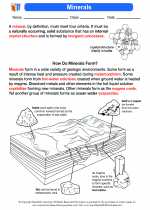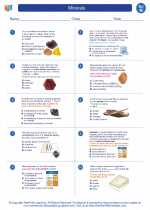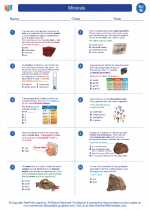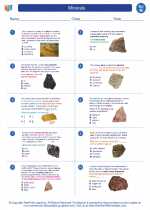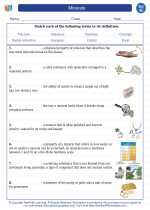Niche in Ecology
In ecology, a niche refers to the role and position a species has in its environment; how it meets its needs for food and shelter, how it survives, and how it reproduces. It includes the physical environment to which it has become adapted as well as its role in the ecological community.
Components of a Niche
A niche includes the physical space that a species occupies, the resources it uses, and its interactions with other species. This can include the type of habitat the species lives in, the food it eats, the way it obtains its food, and the other species it interacts with, such as predators, competitors, and mutualistic partners.
Types of Niches
There are two main types of niches: the fundamental niche and the realized niche. The fundamental niche refers to the full range of environmental conditions and resources that a species can potentially use and the roles it can potentially play in an ecosystem. The realized niche, on the other hand, refers to the actual range of conditions and resources a species uses in the presence of competition and other biotic interactions.
Niche Differentiation and Competition
When different species in an ecosystem occupy similar niches, they often compete for resources, leading to niche differentiation. This is the process by which competing species use the environment in different ways in order to coexist. This can lead to the evolution of different traits and behaviors that allow species to partition resources and reduce competition.
Study Guide
- Define the term "niche" in ecology.
- Explain the components of a niche and give examples of each.
- Describe the difference between the fundamental niche and the realized niche.
- Discuss the concept of niche differentiation and how it relates to competition among species.
- Provide examples of niche differentiation in real-world ecological communities.
Understanding the concept of niche is crucial for comprehending the interactions and dynamics of ecological communities. Make sure to study the components of a niche, the types of niches, and the implications of niche differentiation in detail.


